Data mining is the gold mining of today, but it's practically worthless to collect endless streams of data if you don't put it to use.
Livit is one of the largest restaurant design firms in the world, with more than 13,000 restaurants in 43 countries. Benjamin Calleja, CEO of Livit, recently gave a talk at RestaurantSpaces about the different ways in which the company utilizes the data it collects from a number of different sources (including third-party vendors) to develop actionable insights and drive sales through the use of integrated technology.
Data, Data Everywhere
"It's not enough to [just] gather data," he says. "What do we do with it? What are the actionable insights?"
He predicts that food and technology will soon merge, and that there will be no one without the other.
"The restaurant industry will need to rely significantly on technology in order to continue to thrive," he states.
It's important that the work Livit does will still be relevant five and ten years from now, so being able to look forward into the future is a big part of what they do.
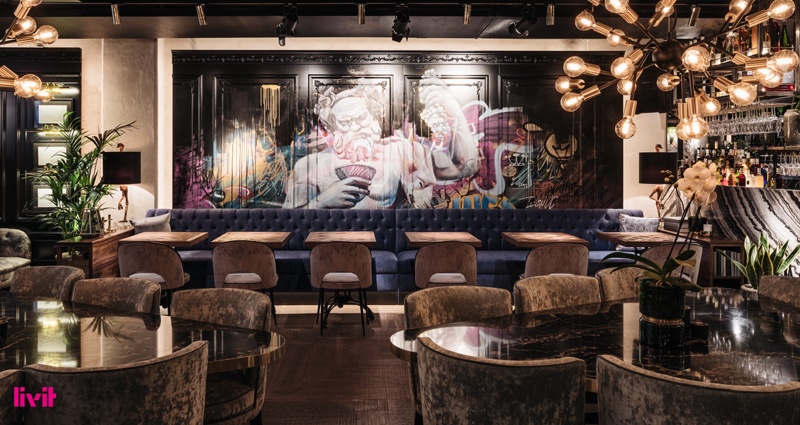
"The front of house design and customer experience is just the tip of the iceberg; everything underneath the surface is what shapes that," he says, from branding and marketing to kitchen design to technology.
Innovating the Innovators: Livit's Restaurant Test-Lab
The company prides itself on developing innovative new strategies to improve the customer experience and increase profits, but there is one problem: restaurant clients don't necessarily like innovation. They like market-tested methods with proven track records of success. No one wants to be the "guinea pig" for some new-to-market concept.
So Livit decided they needed to open their own restaurant to serve as a test kitchen for "prove" concepts to clients – like a test kitchen where new recipes are developed for multi-unit restaurants, except this would test all the different components of the customer experience.
They developed a wish list of all the guest-facing experiences they wanted the restaurant to include: short ticket times under four minutes; the ability to run a transaction every 30 seconds and handle 1,000 covers per day; fast-casual food in a fine dining environment; where you can get a full meal for under $10.
10 months ago, this wish-list test restaurant opened in Stockholm. Called 1889, the fast-casual pizza and salad restaurant has an average check under $16, a ticket time of 3.5 minutes, and over 20% liquor sales. The immersive design – complete with velvet couches, marble tables, and massive murals from internationally known graffiti artists – feels every inch fine dining. Three Michelin-starred restaurant chefs even developed the menu items. Yet it is still a counter-service pizza and salad place with an efficient line and automated oven.
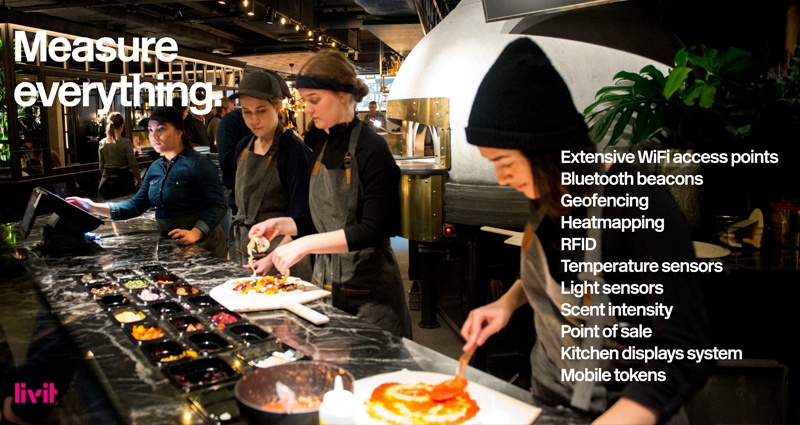
"We were hitting a lot of objectives in the customer experience but we were really interested in the technology that lies behind it," Calleja says.
Data Gathered, Lessons Learned
With 1.8 million transactions and 120,000 customer surveys analyzed to date, they have been able to gather a long list of data inputs – data from the POS system, data from customers' phones (even without customers' phones being connected to the store's WiFi network, they can measure the number of people live in the store through the number of active cell phones inside the store), data on weather, data regarding local events such as when a cruise ship is in port or a big concert is happening in the city. They gathered all of this data, measuring every conceivable metric, and used it to better understand customer behavior: what they call "business intelligence by AI."
"We want to understand what are the triggers that change consumer behavior," says, meaning what are the things that drive traffic, emotional connections, and improve the experience of the guests, and also what improves operations, reduces labor and the cost of products, and makes operations more efficient. Now they can say exactly what works and doesn't work and apply those data-supported insights to their clients without making them guinea pigs.
How AI-Enhanced Tech Can Help
They discovered that unfamiliar but on-brand music makes customers linger longer and purchase higher-margin products (among other things).
They are able to use dynamic volume control in combination with the number of people live in the store (again, based on the number of active cell phones in the store) to change the playlist to create a certain "energy" – something with higher RPMs and volume during peak hours to increase turnover, and less so during non-peak hours to encourage lingering.
They learned different ways artificial scents can impact sales: the smell of fresh basil boosts sales on Mondays and Tuesdays, when people are less inclined to buy pizza, and warm, cozy luxury scents increase pizza sales on weekends (salad sales went up 13 points overnight when they tried this).
Light sensors can control lighting levels in the store in real time, keeping them ideal compared to outdoor conditions.
An AI module created automated location- and event-based marketing, so when a cruise ship of 5,000 guests comes into harbor twice a week, that area receives targeted marketing. "We are able to identify pockets of different promotions," says Calleja. "We're getting closer and closer to individualized marketing for each consumer."
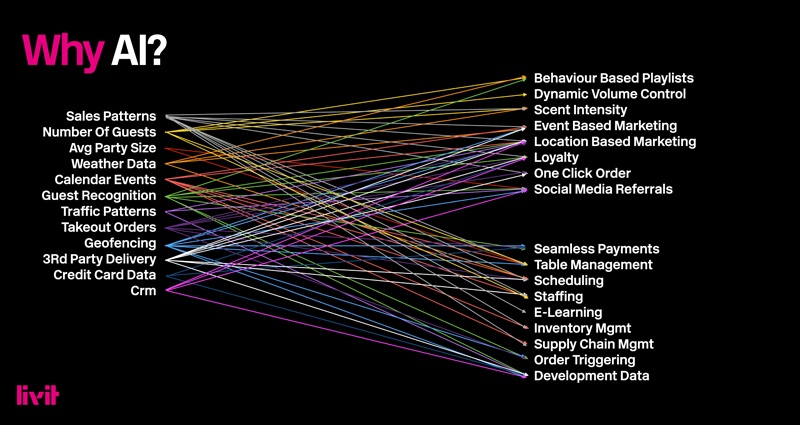
There is also seamless payment so a customer never needs to take out their wallet or even their phone; automated table management to optimize use of the store's real estate; predictive staffing and scheduling based on each team member's assigned skill sets so that peak hours see the "aces in their places" while non-peak times have a more flexible labor force; and AI-driven automated product ordering to optimize the store's inventory and storage capacity.
There is geofenced order monitoring, so that when a customer places a take-out order but gets delayed picking it up, it's not sitting on the counter getting cold, but instead the order is fired when the customer is exactly 3.5 minutes away; as well as automated delivery orders that reduce the costs of employee distraction and human error.
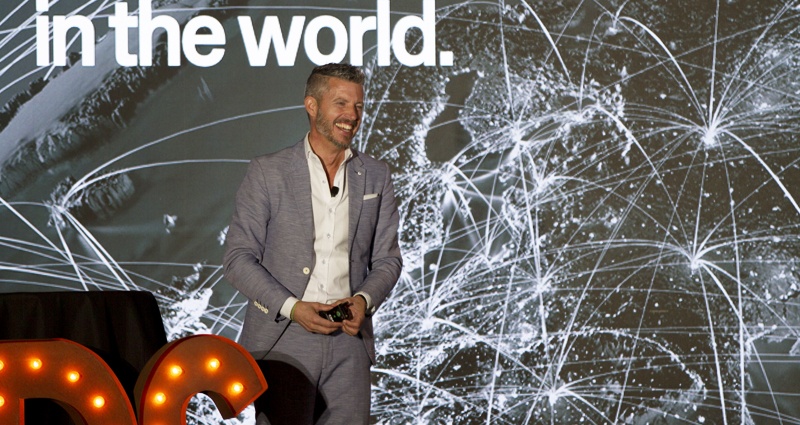
And ALL of this is invisible to the guests, enhancing their experience in ways they can’t even see.
The Technology of Tomorrow, Today
Now that we have the machine learning and computing power to translate all available data into action through integrated technology, we can combine these different events and moments, understand how they layer, and see how they drive performance and the guest experience.
"This is not the future," states Calleja. "This is today."

Posted by
Chain Restaurants Reimagined.
The Retreat to Reimagine Restaurant Development, Design + Technology.
April 12-14, 2026 | Miami, FL



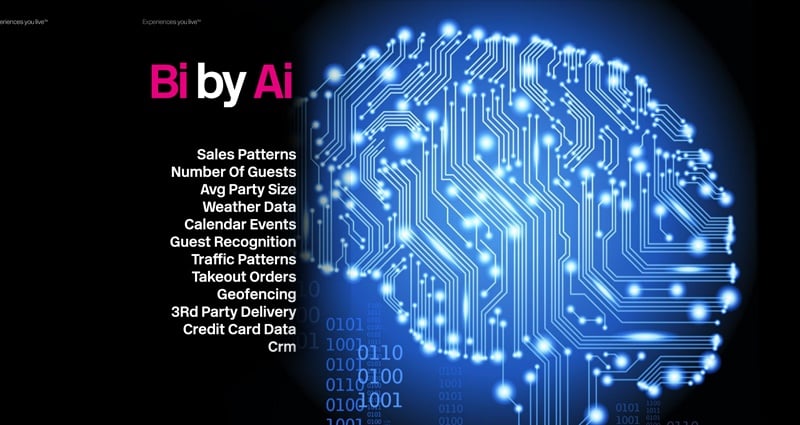

-3.png)
-4.png)
-3.png)

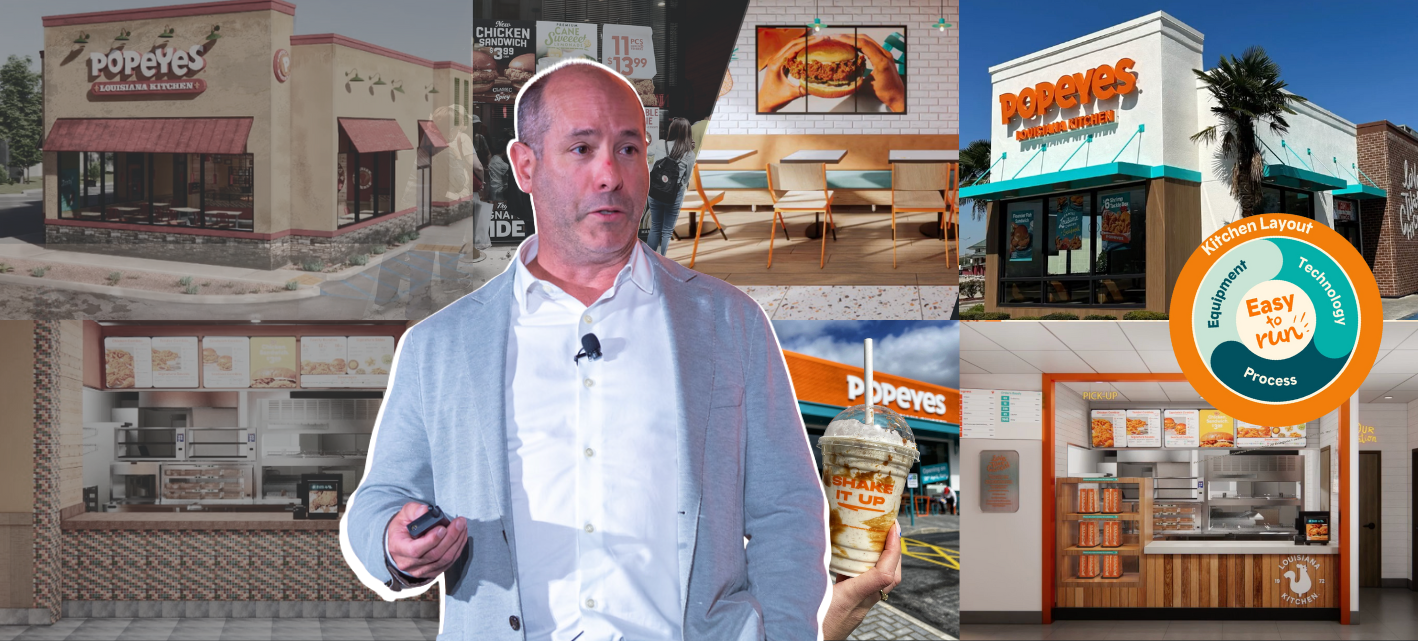

Comments